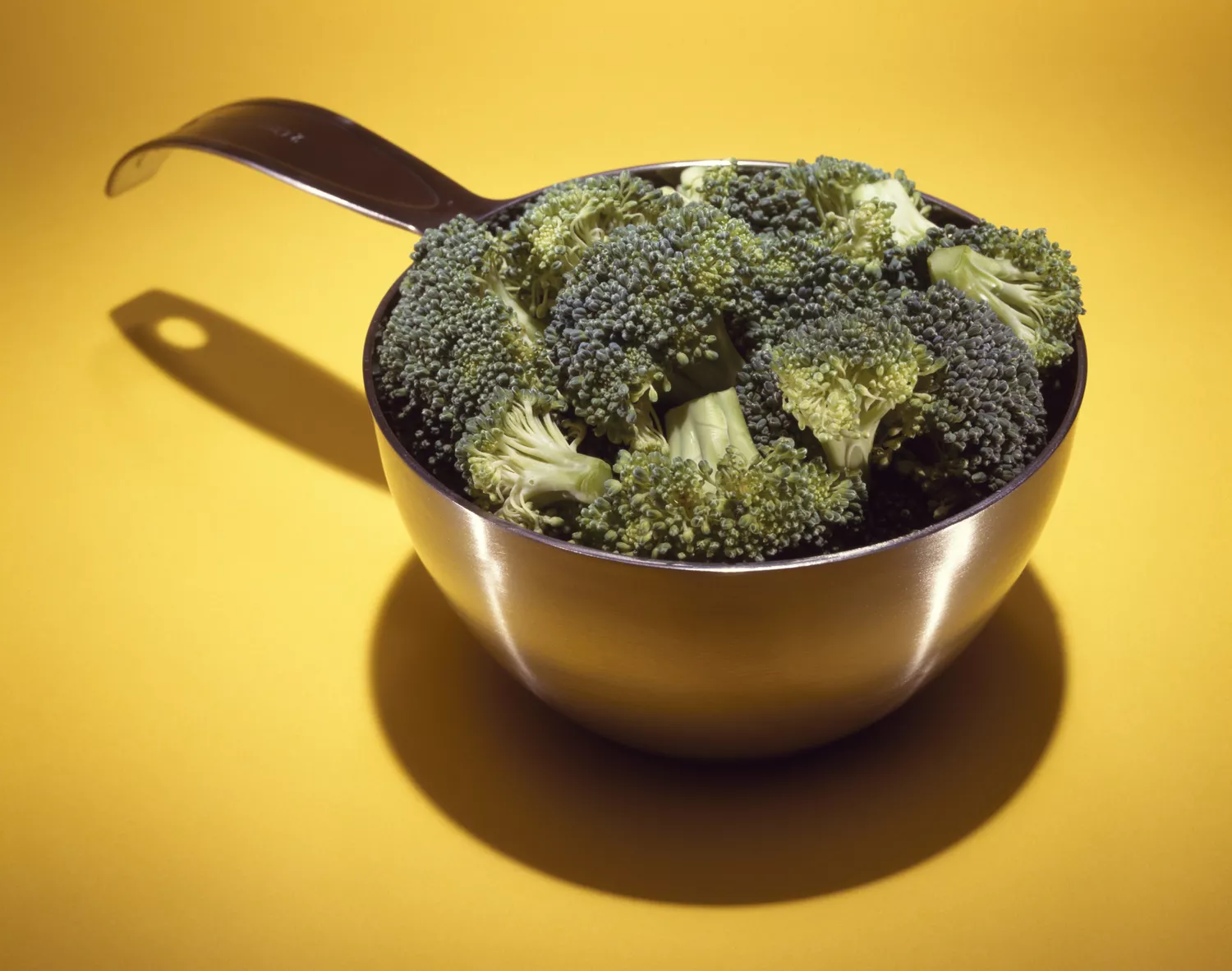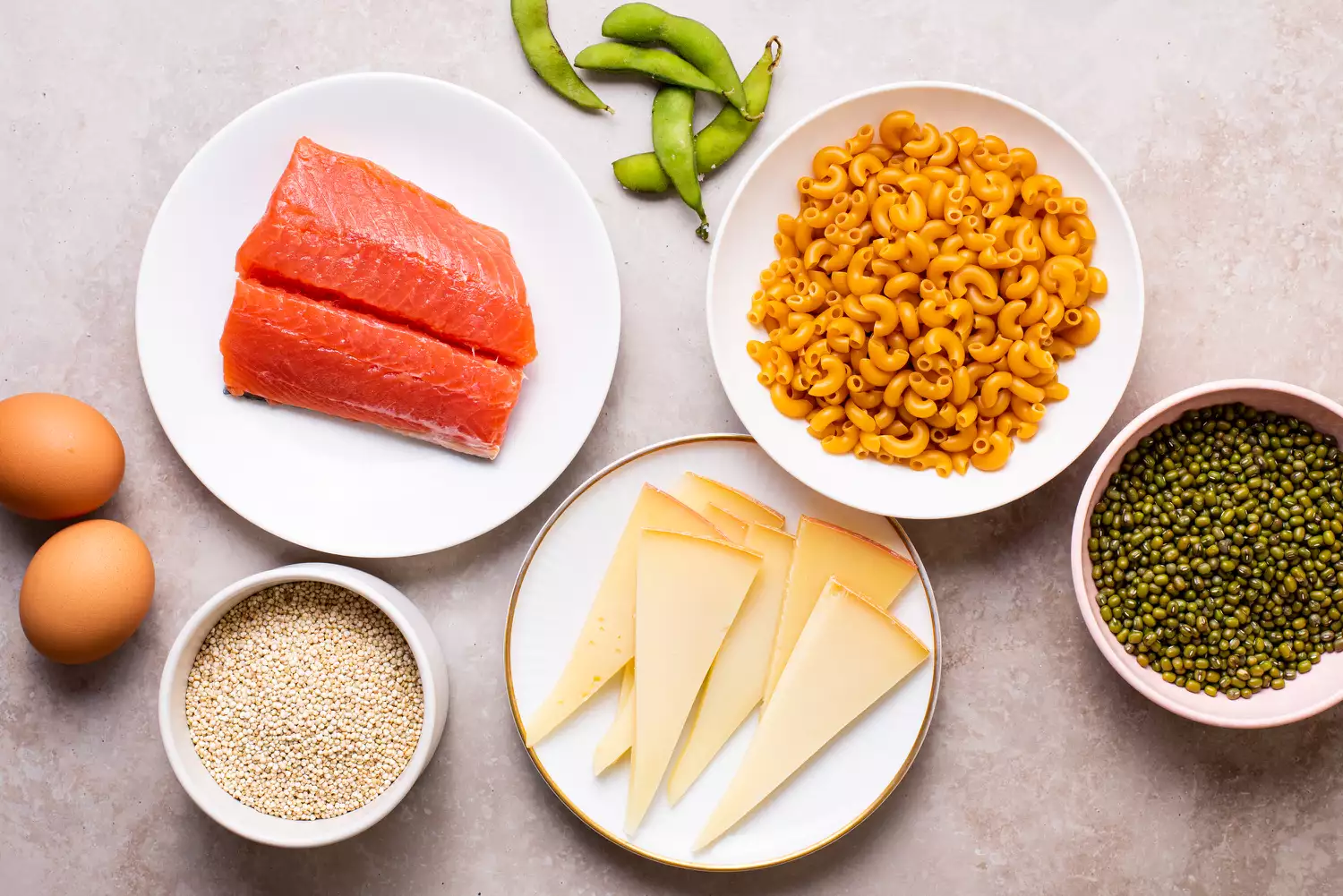It’s obvious that vegetables are an important part of a healthy and balanced diet plan. Like multivitamins that grow on creeping plants (or shrubs or under the ground), every kind of veggie, from artichokes to zucchini, offers up a variety of nutrients in unique combos of vitamins, minerals, and phytochemicals. Veggies are reduced in fat and calories and packed with fiber also.
The United State Division of Farming (USDA) and various other health-focused companies recommend that people include lots of veggies in their diets. A person’s ideal everyday consumption of produce depends on variables such as age, sex, and activity level. This age-by-age guide suggests the amount of mugs of veggies every person, from children to older grownups, should eat each day.
The United State Centers for Illness Control and Avoidance (CDC) reports that only one in 10 grownups in this country fulfill the standards for vegetable intake, putting those who aren’t consuming their veggies “in danger for chronic conditions such as diabetes and heart problem.” 1.

How Many Servings of Veggies Each Day?
The current Dietary Standards for Americans recommend 2 1/2 cups of veggies or nine portions daily. This quantity varies by age, nonetheless. Offering sizes also differ based on the sort of vegetable. On the whole, you need to make every effort to obtain a range of veggies each day.
What Counts As an Offering?
For most veggies, an offering amounts to the amount that will certainly fill up a one-cup measuring cup. However one serving of raw leafy greens (like spinach and lettuce) is two mugs,2 and eight ounces of veggie or tomato juice also counts as a one-cup offering.
If you don’t have a determining cup or kitchen range handy, or you don’t trust on your own to eyeball amounts, below are some rough one-cup matchings for specific veggies.
2 tool carrots.
5 or six broccoli florets.
One huge sweet pepper.
One big sweet potato.
One huge ear of corn.
One tool potato.
One huge tomato.
Another way to think of veggie portions is in terms of tablespoons, which can be found in useful when calculating portions for children, young children, and very children who wouldn’t be able to down a whole cup of veggies in one sitting. There have to do with 16 tbsps in a mug.
Babies.
Many infants prepare to start consuming strong foods when they are between 4 and six months old. There’s no excellent order in which to do this, so starting with veggies is fine. As a matter of fact, it could be ideal; infants tend to choose wonderful flavors, so if a little one gets connected on applesauce and pureed pears, they might not be eager to consume vegetables.
Start with a couple of teaspoons at once. Ultimately, your child will consume concerning three or four tbsps of baby food (baby grain or purees) a few times a day, which works out to about half a mug.
By beginning your infant with foods like peas, carrots, and squash, you might have the ability to encourage a choice for these foods that will certainly carry on right into adulthood.
Toddlers (Ages 2 to 3).
Kids ages 2 to 3 must eat one mug of vegetables daily. If that sounds like a lot of eco-friendly beans or broccoli to expect a potentially picky little eater to put down, keep in mind that a person cup can be spread out throughout the day– it doesn’t need to be downed in a solitary resting.
It additionally means an overall of one cup of a selection of veggies, not simply one type. Simply put, you could offer your child, claim, peas at breakfast (why not?), steamed broccoli at lunch, prepared green beans to dip into hummus as a treat, and baked sweet potatoes with dinner. If each of these servings is 4 tablespoons, you’ll reach a one-cup offering by the end of the day.
And also if the only vegetable your toddler will certainly eat outright is, say, corn, that’s okay also. There are great deals of ways to camouflage vegetables so that a youngster will eat them (spinach or kale go away right into fruit shakes, as an example). One care: Kids under the age of 5 can choke on raw vegetables and fruits, so ensure whatever form you provide these foods in is risk-free.
Youthful Children (Ages 4 to 8).
Both young boys and ladies in this age should consume one and a fifty percent cups of veggies daily. In terms of preparation, it’s fine for 4- to eight-year-olds to eat a mix of raw and prepared veggies.
Keep in mind that four-year-olds are still in jeopardy of choking on raw veggies, so reduce carrots, bell peppers, and so forth right into items no larger than a half-inch long so that if your youngster unintentionally ingests one without eating properly, it won’t obtain stuck in his throat. Steamed, baked, and roasted vegetables are healthier than fried.
Tweens (Ages 9 to 13).
When youngsters get to the tween years, their dietary needs begin to vary somewhat based on sex. The advised daily quantity of veggies for girls in this age is at least 2 cups. For kids, the referral is at the very least 2 and a half cups. Note that children of either gender that are especially active would likely take advantage of consuming more than the recommended minimum of vegetables.
Research shows that children tend to consume less vegetables (and fruits) than ladies.3 So, if you have boys in your household, you may want to be specifically watchful concerning their vegetable consumption. Deal as much variety in regards to vegetables and preparation as you can to discover those that your young boys most appreciate.
Teenagers (Ages 14 to 18).
Teenage girls ought to consume at the very least two and a fifty percent cups of vegetables each day. Teen children should eat at the very least 3 mugs of veggies daily. Teenagers who are energetic and get at least half an hour of exercise each day might require extra.
Naturally, as children age and spend more time eating away from home, it can be more difficult to monitor their vegetable consumption. And even mild and well-meaning suggestions to consist of vegetables when making dish choices might backfire: Teenagers are well-known for doing the opposite of what moms and dads say. J.
Simply ensure that all family dishes include a variety of healthfully prepared vegetables (raw in salads, steamed, roasted, and baked as a side dish, folded up into omelets, contributed to soups and stews, layers on pizza, and so forth). And make it simple for teens to get veggies between meals. Maintain pre-cut carrots, celery, and bell peppers front and center in the refrigerator together with hummus or guacamole for dipping.
Young Adults (Ages 19 to 30).
For individuals ages 19 to 30, the suggested day-to-day quantity of vegetables coincides when it comes to teens: at least three mugs a day for men and a minimum of 2 and a half mugs for females. Those who work out for at least a half hour daily should include even more vegetables in their diet plans.
If you locate it tough to enter all the veggies you need every day due to a busy lifestyle, capitalize on eat-and-run choices like smoothies that include veggies, pre-tossed salads, and prepped-for-cooking veggies at the grocery store. They’re commonly a little bit more pricey than entire vegetables, however if the time conserved makes it simpler for you to consume your veggies, it might be worth it. Healthy kitchen area devices, like a mixer for smoothies or a salad spinner, can additionally make it much easier to get your daily serving of veggies.
Adults (Ages 31 to 50).
As with more youthful individuals, the amount of veggies you must aim for if you’re a woman goes to the very least two and a fifty percent cups each day and a minimum of three mugs if you’re a male. Aim for a lot more if you exercise or are physically active for a half hour or more each day.
Continue to stick to raw or healthfully prepared veggies. A baked or roasted potato is far more nutritious and lower in fat and calories than French french fries, for example.
Older Grownups (Ages 51 and Up).
Because the body’s metabolic rate has a tendency to slow with age, people 51 and older are suggested to reduce calories in general to avoid weight gain. This guideline puts on calories from vegetables also. Women 51 and older need to dial back to around 2 cups of vegetables daily; men of the very same age must navigate two and a half cups.
Energetic older grownups need to remain to consider the amount of exercise they get, nevertheless. If you’re in this age group, speak to your medical professional or see a nutritionist if you ‘d like much more specific advice concerning the number of veggies– and other foods– you must include in your diet every day to live a healthy and balanced lifestyle as you age.



